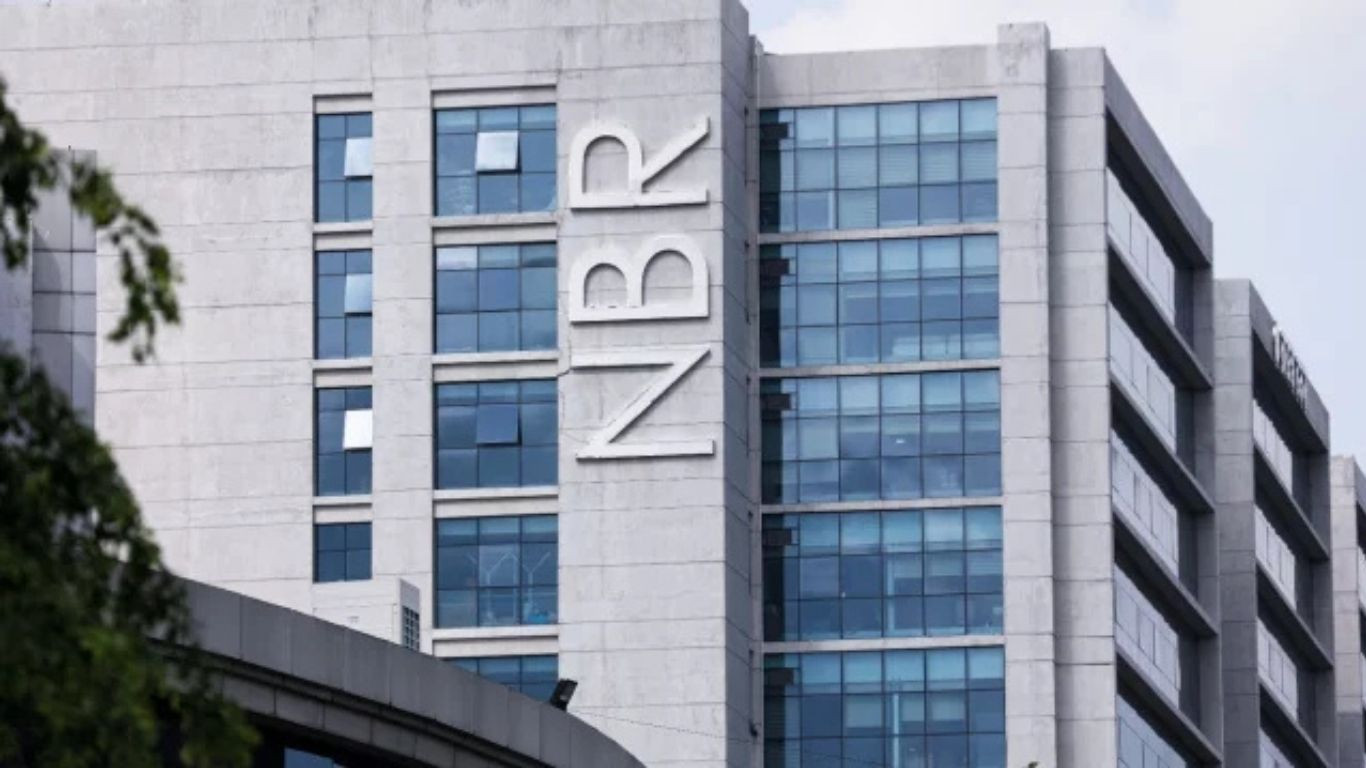Americans trim holiday spending as retailers fight to keep margins

Inflation, tariffs and cautious shoppers reshape the season
Americans are planning to spend less this holiday season, forcing retailers to juggle slimmer baskets, heavier discounts and rising costs all at once. Quartz reports that chains from Walmart to Target are advertising cheaper Thanksgiving meal bundles and aggressive price cuts on thousands of items, but in many cases the savings come from shrinking portions or trimming what is included. One Walmart holiday food basket, for example, now costs less per person but omits side dishes and fresh produce that were staples a year ago. Shoppers, still feeling the effects of several years of inflation and new tariffs, are scrutinizing every line of their receipts.
Survey data paints a sobering picture. A Deloitte poll cited in the report found that a majority of U.S. consumers expect the economy to weaken over the next twelve months, the gloomiest reading since the late 1990s. Respondents said they plan to cut their average holiday spending by about 10 percent, targeting both gifts and celebrations as they try to protect themselves from further price rises. Analysts say the era of the “resilient consumer” — who kept spending despite high inflation and uncertainty — may be ending. Retail strategy experts warn that customers are trading down to cheaper brands, buying fewer impulse items and waiting longer to pounce on the deepest discounts.
Retailers, meanwhile, find themselves under pressure from multiple directions. Tariffs linked to the ongoing trade war have pushed up the cost of imported goods ranging from smartphones and laptops to game consoles and artificial Christmas trees. Labor and logistics expenses remain elevated, especially for chains that rely on far-flung distribution networks and seasonal hires. Heavy discounting can still bring customers through the door, but it eats into already-thin profit margins, forcing companies to look for savings elsewhere.
Some chains are trying to differentiate themselves with creative marketing rather than just lower prices. Department store JCPenney has hired comedians to front a campaign built around the value of its discounts, while Nordstrom has set aside a two-story space in its New York flagship to showcase hundreds of items under $100. Grocers emphasize bundled holiday meals at headline-grabbing prices, hoping that shoppers who come for a cheap turkey will add higher-margin extras to their carts. But even as these tactics grab attention, they do not erase the fundamental arithmetic of weaker per-customer spending.
From staffing cuts to automation
To protect profits, many retailers are cutting costs in their workforce and operations. Outplacement firm Challenger, Gray & Christmas estimates that companies will add fewer than half a million jobs in the fourth quarter, the lowest seasonal hiring figure in sixteen years. That means fewer temporary sales assistants, stockers and cashiers on shop floors during the busiest time of the year. Chains also point to a gradual shift toward online shopping, which allows them to rely more on centralized fulfillment centers and less on store staff.
Automation and technology are playing a growing role in this adjustment. Retail executives talk about using better inventory analytics, self-checkout systems and in-store fulfillment tools to “do more with less.” In practice, that can mean leaner staffing levels, stricter shift scheduling and a greater workload for employees who remain. Some companies are also experimenting with smaller product ranges, betting that a tighter assortment can simplify logistics and reduce the risk of unsold stock.

Not all retailers are equally exposed. Discount chains and warehouse clubs that specialize in value are relatively well positioned, as wary consumers flock to cheaper staples and bulk deals. High-end brands and department stores, by contrast, must convince shoppers that their products justify premium price tags even in a cautious climate. Target, for instance, has already cut thousands of corporate jobs after a prolonged period of weak comparable sales, highlighting how quickly pressure can move from store aisles to headquarters.
Yet the overall holiday picture is not entirely bleak. The National Retail Federation still expects total U.S. holiday sales to cross $1 trillion for the first time, though analysts stress that much of that figure reflects higher prices rather than a surge in volume. For many retailers, 2025 is shaping up less as a season of boom or bust than as a test of who can adapt fastest. Those that manage to balance eye-catching promotions with disciplined cost control may emerge stronger, even if this year’s celebrations feel a little more modest at the checkout.






















